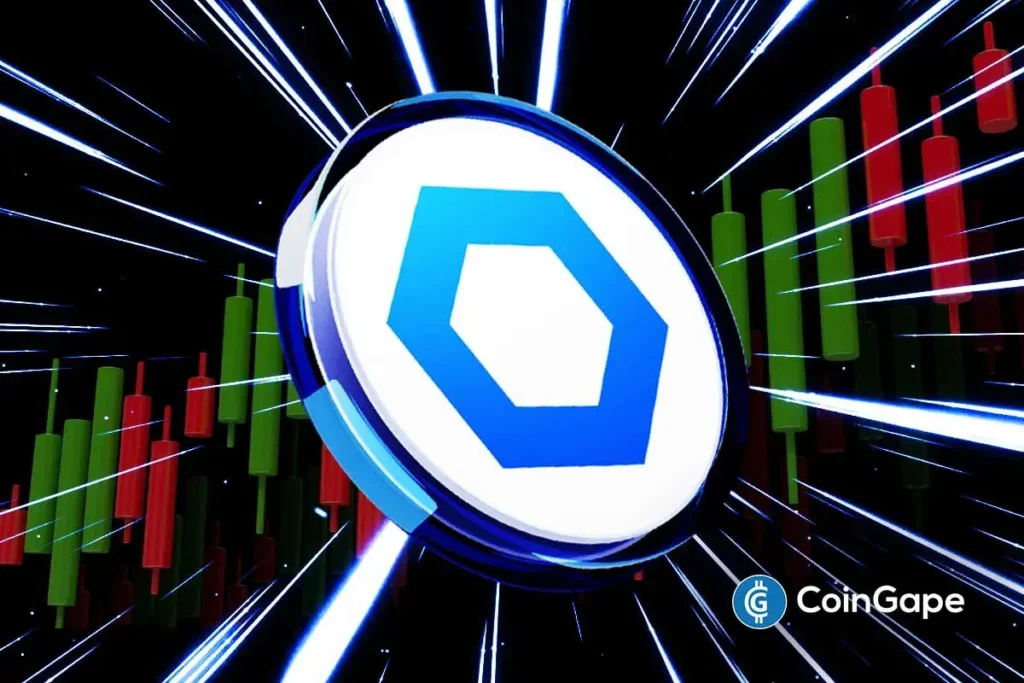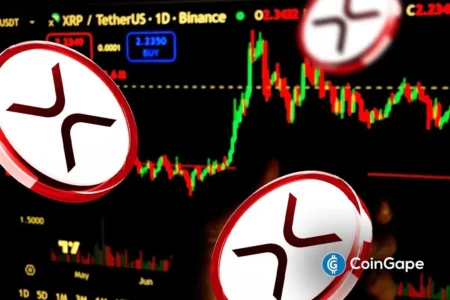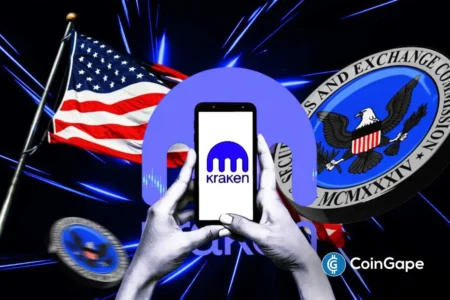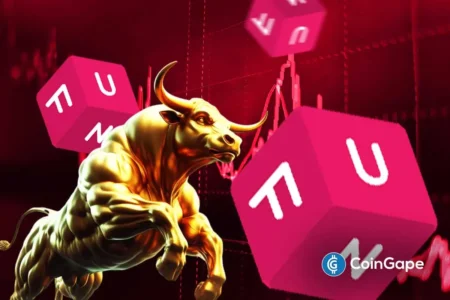Chainlink Price Analysis: Navigating Recent Market Trends and Opportunities
Chainlink (LINK) is currently grappling with increased price instability, as it hovers just above the $13 mark. Since its peak in August, when it reached $27, LINK has witnessed a substantial decline of over 50%. The cryptocurrency has struggled to reclaim the crucial $15 resistance level, reflecting broader challenges faced in the cryptocurrency market. As it stands, the price has dipped to approximately $13.03 after falling below the vital support level of $14.00, leading to a noticeable bearish sentiment. This article will analyze Chainlink’s recent movements, partnerships, and future potential, focusing on how these developments can impact its price trajectory.
Recent events in the Chainlink ecosystem, particularly the partnership with TAO Ventures, have significant implications for its market position. The collaboration aims to launch Project Rubicon, transferring Bittensor’s subnet alpha tokens onto the Base network using Chainlink’s Cross-Chain Interoperability Protocol (CCIP). This initiative is designed to enhance interoperability between blockchain networks, enabling safer cross-chain transactions and improved liquid staking opportunities. By leveraging the CCIP technology, Project Rubicon proposes non-custodial liquid staking of these subnet tokens, converting them into ERC-20 liquid staked assets. Such advancements could attract new users and investors, providing additional value to LINK holders.
Despite the positive developments surrounding Project Rubicon, Chainlink’s price movements have been concerning. Over the last 24 hours, the wider cryptocurrency market has seen a 2.08% dip, contributing to an ongoing bearish trend. Major cryptocurrencies like Bitcoin, Ethereum, and Solana have also recorded declines, collectively leading to a market contraction exceeding 10% over the past week. These macroeconomic pressures are exacerbating fears of institutional sell-offs. Chainlink’s struggle to maintain its position indicates potential weaknesses in its current market stance, making it essential to monitor these trends closely for possible recovery opportunities.
Looking ahead, analysts are closely watching whether Chainlink can recover and breach the $14 resistance level. The price trends suggest that a sustained push above this threshold is crucial for building upward momentum. Currently, the LINK price faces significant barriers at both $14.00 and $15.00, with a robust breakthrough potentially leading to more favorable price targets. Technical projections indicate that a successful rally could push Chainlink toward the $20 mark, representing a 50% increase from its current levels. However, it’s essential to note that reclaiming the $14.00 position will be pivotal in validating this optimistic outlook.
Analyzing Chainlink’s technical indicators reveals some interesting insights. The Moving Average Convergence Divergence (MACD) line is situated below the signal line, indicating a momentarily weak bearish trend. However, a convergence of these lines may suggest the diminishing strength of the downward momentum. Furthermore, the Average Directional Index (ADX), currently at 37, highlights a robust trending market. Nevertheless, the prevailing downward price deviation indicates that bearish forces dominate unless a clear reversal materializes. Therefore, traders must remain alert to any shifts in momentum or sentiment within the Chainlink ecosystem.
In conclusion, while Chainlink faces hurdles in the form of market volatility and resistance levels, its recent collaborations and technological innovations might present attractive opportunities for investors. The successful launch of Project Rubicon and its integration with the CCIP could drive demand and utility for LINK, potentially stabilizing and elevating its price. However, for a bullish scenario to materialize, Chainlink must first reclaim the $14.00 support level and generate sustained upward momentum. Investors should monitor these developments closely, as they may play a critical role in determining the future trajectory of Chainlink’s market performance.
















